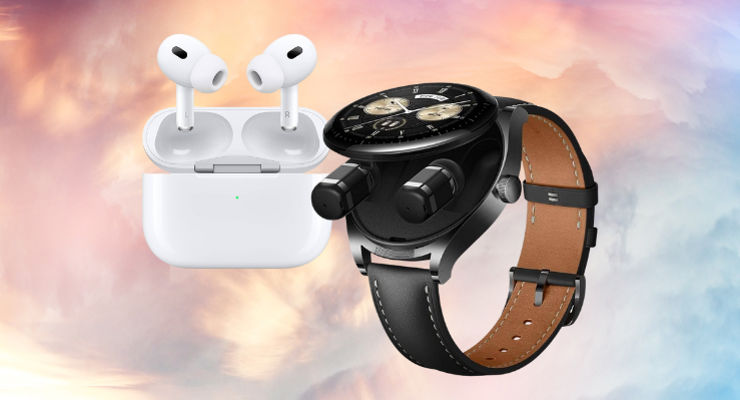The Inner Workings: Analyzing Lithium-ion Coin Batteries in AirPods Pro 2 and Huawei Watch Buds
Lithium-ion coin batteries drive the Apple AirPods Pro (Gen. 2) and Huawei Watch Buds, crucial components in the realm of compact wearables. Despite sharing a common form factor, their energy densities diverge due to cathode material disparities. While the AirPods Pro opt for Nickel-Manganese cobalt oxide, prioritizing safety and power handling, the Huawei Watch Buds boast a 22% higher energy density by utilizing lithium cobalt oxide. These strategic choices reflect nuanced approaches to balancing performance and compactness in wearable design.
Structural analysis reveals that both devices employ cylindrical cell designs, with the AirPods Pro featuring thicker active materials and higher cell pitches. However, despite these differences, the cathode chemistry emerges as the key determinant of energy density. The AirPods Pro's Nickel-Manganese cobalt oxide composition favors robust power handling and safety, while the Huawei Watch Buds' lithium cobalt oxide design emphasizes compactness and efficiency.
In the dynamic landscape of wearable technology, understanding the interplay between battery structure and material composition is pivotal. These insights not only inform current design decisions but also pave the way for future innovations aimed at enhancing performance and user experience in compact wearables.
Gain FREE access* to analyzing Lithium-ion Coin Batteries in AirPods Pro 2 and Huawei Watch Buds
Learn why TechInsights is the most trusted source of actionable, in-depth intelligence to the semiconductor industry.
Start My Free TrialPlatform Member? Sign In
* Please note: Certain analysis is complimentary with a TechInsights Platform trial account.










